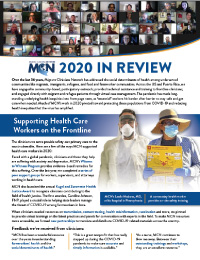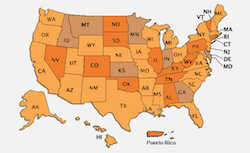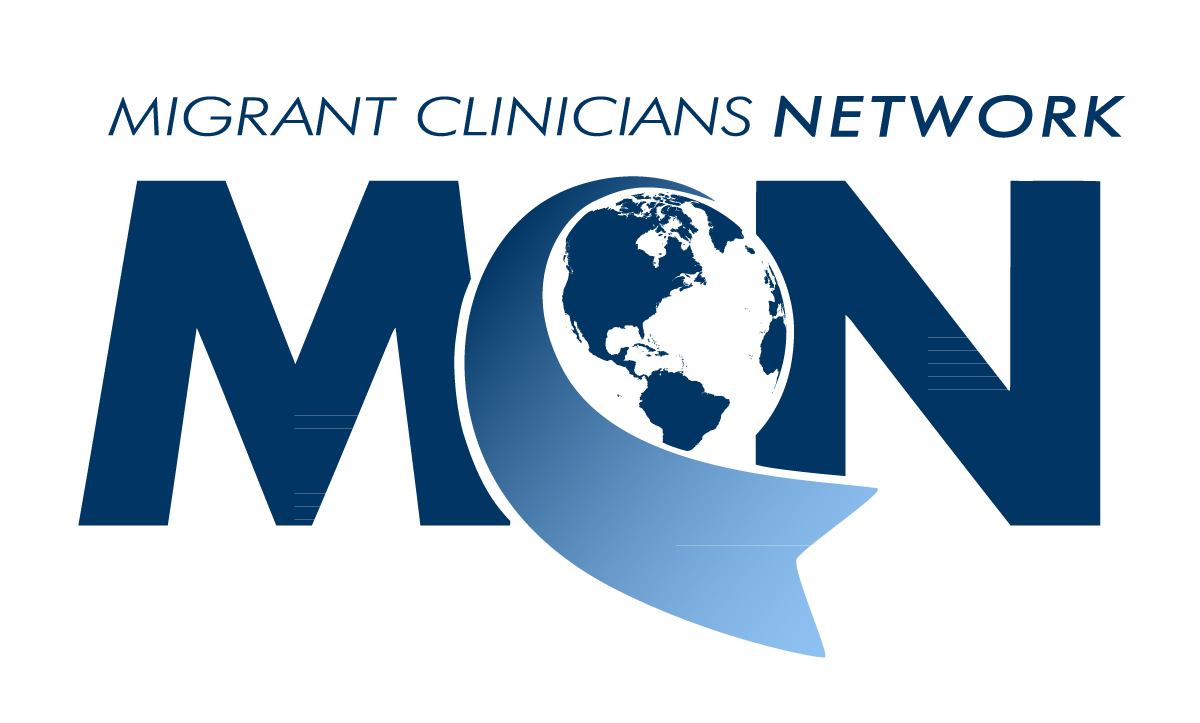- Who We Are
- Clinician Employment
- Publications
- Witness to Witness (W2W)
- El Premio Kugel & Zuroweste a la Justicia en la Salud
- Your Voice Matters: Photovoice Project
01 A Migrant Farmworker Occupational Health Reference Manual:
Cover Page.
National Influenza Vaccine Newsletter
To help raise awareness of influenza vaccination recommendations and the importance of continuing vaccination efforts throughout November and beyond, the United States Department of Health and Human Services (HHS), the Centers for Disease Control and Prevention (CDC), the National Influenza Vaccine Summit, partners and stakeholders will be announcing a National Influenza Vaccination Week (NIVW) from Monday, November 27th through Sunday, December 3rd, 2006.
Immunization Update, November 2006
Student Action with Farmworkers’ Internship and Volunteer Directory
A listing of farmworker organizations and agencies that are seeking volunteers and interns to support their work.
Immunization Update, October 2006
National, State, and Urban Area Vaccination Coverage Among Children Aged 19--35 Months, United States, 2005
Findings from the 2005 NIS include nationwide increases in coverage with >=3 and >=4 doses of pneumococcal conjugate vaccine (PCV) and continued high levels of coverage for the other recommended vaccines and vaccine series. In addition, no racial/ethnic disparities in coverage estimates were observed in the 4:3:1:3:3:1§ vaccine series, the recommended series for children aged 19-35 months that includes DTP/DT/DTaP; poliovirus vaccine; measles, mumps, and rubella vaccine (MMR); Haemophilus influenzae type b vaccine; hepatitis B vaccine; and varicella vaccine.
Interim VIS for Shingles
On September 11, CDC released an interim VIS for shingles
(herpes zoster) vaccine. ACIP has not yet voted on
recommendations for zoster vaccine. The interim VIS is based
primarily on information from the manufacturer's package insert.
The final VIS will be produced after the ACIP recommendations
have been published in MMWR. The final VIS could differ from the
interim version.
2006 National Adult immunization week schedule for September 24-30
The NIP website recently posted information about the 2006
National Adult Immunization Awareness Week (NAIAW), which is
scheduled for September 24-30. This year marks the 19th
consecutive observance of NAIAW. In addition, NIP posted a link to the printable version of the NAIAW 2006 Campaign Kit, which was created by the National Foundation for Infectious Diseases (NFID). To access the kit
from the NFID website, go to: www.nfid.org/pdf/publications/naiaw06.pdf
Summaries of Immunizations recommendations for Children & Adolescents
Summary of Recommendations for Childhood and Adolescent
Immunization (three pages, updated September 2006): Information
was added about the new vaccines for human papillomavirus (HPV)
and rotavirus. In addition, the sections on the following
vaccines were extensively revised: hepatitis B, Td/Tdap,
varicella, MMR, influenza, pneumococcal polysaccharide (PPV),
and hepatitis A.
Women in Government recommends HPV vaccination for girls entering middle school
Following the recent Food and Drug Administration (FDA) approval
of a vaccine targeting cervical cancer, Women in Government, a
national, bi-partisan, non-profit organization representing
women state legislators, today recommended that all girls
entering middle school be vaccinated against the human
papillomavirus (HPV), the cause of cervical cancer. The
recommendation is part of the group's new policy recommendations
for the HPV vaccine's implementation in the states.
Immunization Update, September 2006
Check the latest news, such as 100 Million doses of Influenza Influenza Vaccine distribution data is being made available to State and local public health officials
Interim VIS for Human Papillomavirus vaccine
On September 5, CDC released an interim VIS for human
papillomavirus (HPV) vaccine. The final VIS will be developed
after ACIP recommendations are published in MMWR and the vaccine
is covered by the Vaccine Injury Compensation Program.
Send Pests Packing Comic Book
The English educational comic book was developed by Wake Forest University and offers practical preventative tips to keep unwanted pests away from your home. To view the Spanish version, search for the "Digale Adios a las Plagas Comic Book."
ACIP Provisional recommendations for prevention of Varicella
In June 2005 and June 2006, the ACIP made policy changes for use of live, attenuated varicella containing vaccines for prevention of varicella.
Health Network Consent Form, Spanish
Low Literacy Diabetes Educational Materials/Handouts
Immunization Update, August 2006
ACIP Provisional recommendations for use of quadrivalent HPV vaccine
On August 14, CDC posted provisional recommendations for use of
HPV vaccine.
Routine vaccination with three doses of quadrivalent HPV vaccine is recommended for females 11–12 years of age. The vaccination series can be started in females as young as 9 years of age.
FreedoMed - Toll Free: 1-888-722-7556
Medical supply company, that provides low cost or totally free diabetic supplies to diabetics who are eligible through Medicare or private insurance.
RX Outreach
Easy and affordable way for people of all ages to get medicines they need. They have a list of all generic drugs you fill out the application on line or download it.




